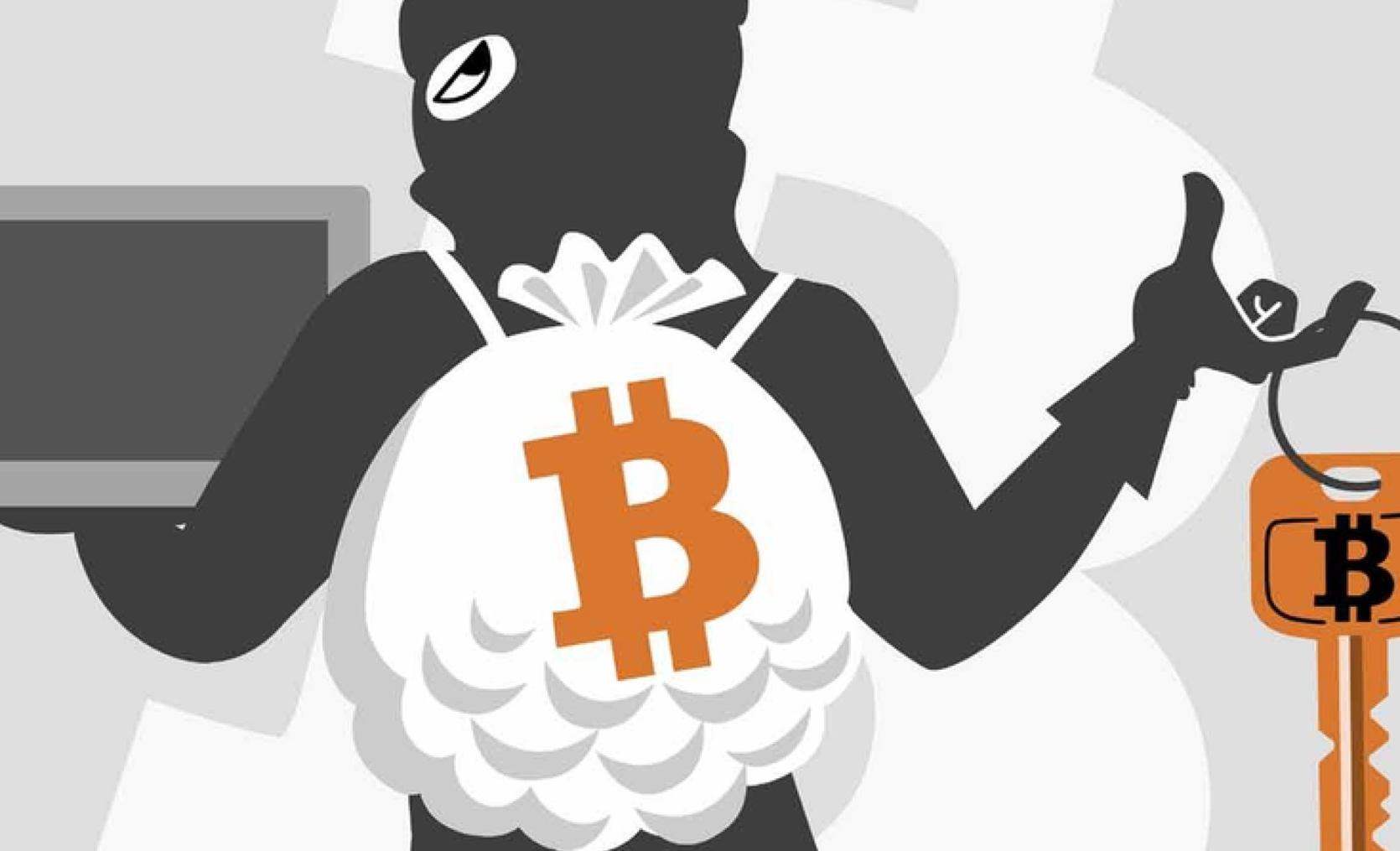What Is a Cryptocurrency Exchange and How Does It Work?
Cryptocurrencies have become an essential part of the modern financial system. Buying, selling, and trading digital assets like Bitcoin and Ethereum happens through specialized platforms known as cryptocurrency exchanges.
In this article, we’ll explore what a crypto exchange is, how it works, and what features to look out for when choosing one.

What Is a Cryptocurrency Exchange?
A cryptocurrency exchange is an online platform that allows users to buy, sell, and trade digital assets such as Bitcoin, Ethereum, and various tokens. The primary goal of these platforms is to provide a secure and convenient environment for crypto transactions.
Most exchanges also offer additional features like:
- Price charts and analytics
- Wallet services
- Educational content
- Staking and margin trading (on some platforms)
How Does a Cryptocurrency Exchange Work?
To understand how exchanges function, it helps to know they act as intermediaries between buyers and sellers.
Here’s how it typically works:
- Registration and verification – Users create an account and, in many cases, verify their identity to comply with regulations.
- Funding the account – You deposit funds in fiat (like USD or EUR) or cryptocurrency.
- Placing orders – Users place buy or sell orders. The exchange matches them using an order book system.
- Trade execution – Once orders match, the trade is executed, and assets are transferred.
- Withdrawing funds – You can move your crypto to an external wallet or withdraw fiat to your bank.
What Are the Key Features of a Crypto Exchange?
Most exchanges include the following components:
- Trading interface – A dashboard showing price charts, order books, and tools for placing orders.
- Security systems – Top-tier platforms use encryption, 2FA, and cold wallets to protect users’ assets.
- Liquidity – The more active the exchange, the easier it is to buy or sell assets at fair prices.
- Customer support – Available via chat or email to assist users with questions or technical issues.
Pros and Cons of Using a Crypto Exchange
Pros:
- Wide selection of coins and tokens
- Fast transaction speeds
- Access to extra features like staking, analytics, and margin trading
Cons:
- Security risks (exchanges can be targeted by hackers)
- Complexity for beginners
- Trading and withdrawal fees
Why Security and Transparency Matter
Security is a major concern for any crypto exchange. Most reputable platforms store users’ funds in cold wallets (offline storage) to minimize risks.
Transparency is often achieved through public transaction ledgers, giving users peace of mind that their trades are processed correctly.
Types of Cryptocurrency Exchanges
There are several types of exchanges, each with unique features:
- Centralized exchanges (CEX) – Operated by companies that manage security, custody, and user experience.
- Decentralized exchanges (DEX) – Peer-to-peer platforms where users trade directly without intermediaries.
- Hybrid exchanges – Aim to combine the convenience of CEX with the autonomy of DEX.
How to Choose the Right Exchange?
When choosing a crypto exchange, consider the following:
- Reputation – Check user reviews and community feedback.
- Trading volume – High volume means better liquidity and faster trades.
- Supported assets – Ensure your preferred cryptocurrencies are available.
- Fees – Compare trading, deposit, and withdrawal fees.
- Security – Choose platforms that prioritize user protection and offer strong account safeguards.
Final Thoughts
Cryptocurrency exchanges are essential tools for anyone involved in the digital asset space. Understanding how they work — from the matching of orders to withdrawal processes — will help you make smarter trading decisions and avoid common pitfalls.
Whether you're new to crypto or already trading, choosing a reliable exchange is the first step toward success in the crypto economy.
